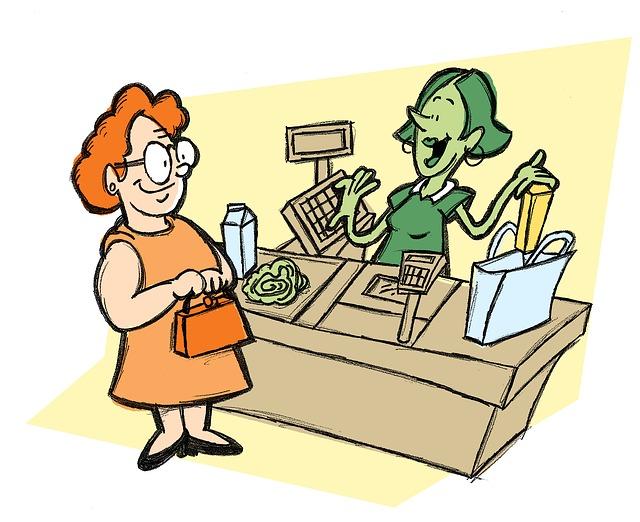Super Strategies to Spoil Your Supporters
Do you have some major donor prospects you’re trying to woo?
Of course, you want to start with your overall donor love program. You know, the one where you plan to communicate regularly with all your supporters – 4 to 7 purely grateful, meaningful touches for every 1 inspiring ask. You do that, right?
- Thank you letter, email and phone call
- Donor welcome package
- Newsletter with stories about outcomes
- Blog with stories about outcomes
- Token gifts (e.g., ‘how to’ lists; recommendations; new research results; recipes; discount coupons, etc.)
- Invitations to free events
Good!
However… just the basic stuff won’t do it with major donor prospects.
You need something extra.
Something to really grab folks’ attention.
Something unexpected.
Something personal.
Without a little something, you’re left with just a dumb thing… like automated group mailings. Or really big ‘moves’ you never quite get around to. Or stuff, let’s face it, which just isn’t particularly thoughtful.



 I’m excited to share three easy tips with you, and the results are measurable. Do these things and you’ll be able to tell if they impact your bottom line!
I’m excited to share three easy tips with you, and the results are measurable. Do these things and you’ll be able to tell if they impact your bottom line!

 This Thursday folks in the United States will celebrate what I consider to be the social benefit sector holiday of the year:
This Thursday folks in the United States will celebrate what I consider to be the social benefit sector holiday of the year:



 The Unfair Exchange
The Unfair Exchange